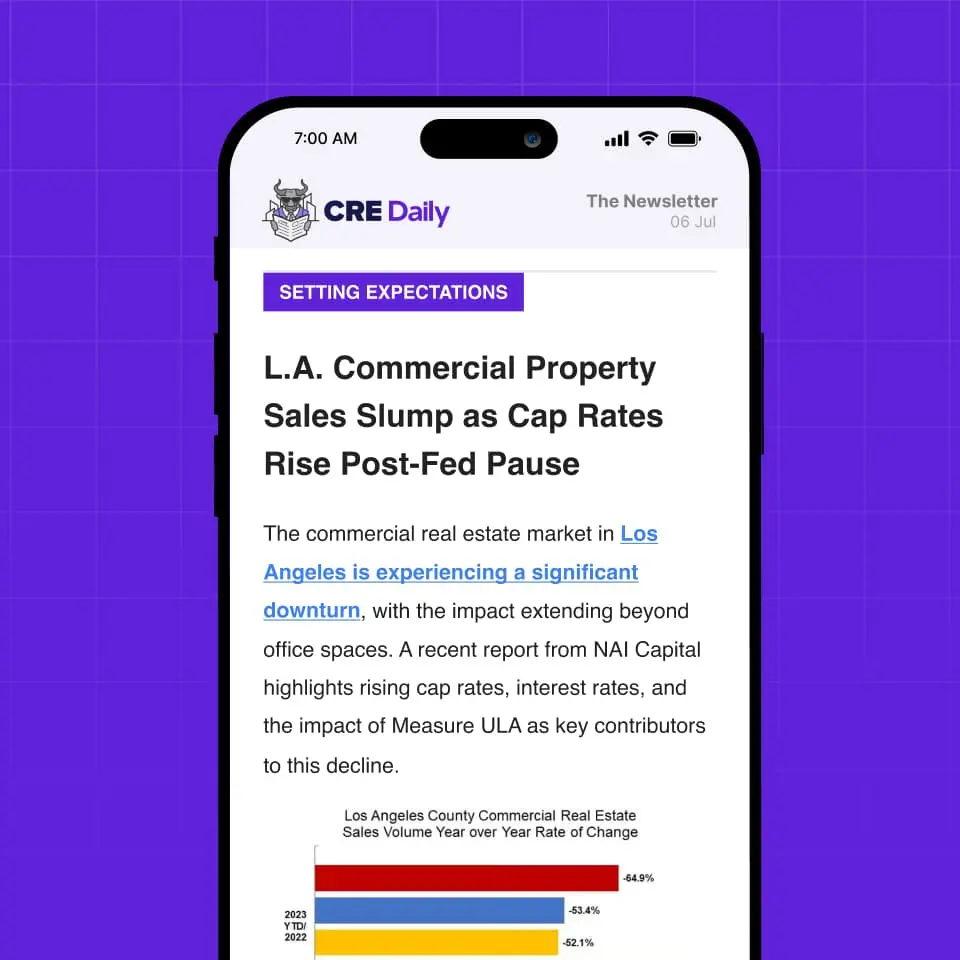- The Bureau of Labor Statistics’ latest revision cut 911,000 jobs from April 2023–March 2024, the steepest adjustment in 10 years.
- Economists say the revision complicates the outlook for the Federal Reserve’s September meeting, with futures markets heavily favoring a rate cut.
- For commercial real estate, labor market weakness adds to ongoing challenges in development, capital markets, and investment sentiment.
A Big Adjustment
Globe St reports that the government’s benchmark job revision slashed 911,000 jobs, a 0.6% drop that surprised economists. Christine Cooper, managing director and chief US economist at CoStar Group, said the update was “the biggest one in 10 years.” She added that revisions are common, but this year’s cut was unusually large.
Why It Happened
The change reflects differences between two major government employment surveys, which often diverge in how payrolls are reported. Earlier data already showed losses, but the latest number deepened the decline. Analysts say the figure is the clearest snapshot of labor conditions heading into 2024.
Implications for Fed Policy
The timing of the job revision matters. It comes just days before the Federal Reserve’s Sept. 17 policy meeting. Futures markets show a 92% chance of a 25-basis-point cut and an 8% chance of a 50-point cut, according to CME Group’s FedWatch tool. Ian Toner, CIO at Verus, called the revision part of the “complex data collection environment” around labor. A softer-than-expected Producer Price Index report the same day also gave the Fed more room to ease. Still, Cooper noted that “core inflation is still around 3%,” making aggressive cuts less likely.
Get Smarter about what matters in CRE
Stay ahead of trends in commercial real estate with CRE Daily – the free newsletter delivering everything you need to start your day in just 5-minutes
Market Reactions
Bond markets moved quickly. The 10-year Treasury yield fell to around 4.05%, down sharply from its summer highs. Matthews’ David Treadwell said lower yields “will stimulate real estate activity” by encouraging investment. He also warned that the shift reflects investor caution, with many moving into safer assets.
CRE Impact: A Mixed Outlook
For commercial real estate, the effect is tied more to structural challenges than to interest rates. “Development continues to face headwinds due to labor constraints and elevated costs, which unfortunately, aren’t likely to resolve quickly,” said Carey Heyman, managing principal at CliftonLarsonAllen. Even if borrowing costs ease, lenders remain cautious and keep underwriting standards tight.
Some see more risk ahead. Jon Siegel, CIO of RailField Partners, argued that “anemic job growth is a sign of a weak economy.” He added that repeated revisions raise doubts about how reliable government labor statistics are—and whether the data is being used politically.
Why It Matters
The revision may be technical, but it still paints a weaker labor picture than previously assumed. For CRE investors, it adds to a market already defined by high costs, cautious lenders, and shifting capital flows. With mixed economic signals, uncertainty remains the sector’s most consistent theme.
















